High performance window installation meets a century-old brick opening

A visual tour
Brick buildings love Greening Homes. We don’t know why. Maybe we can blame it on geography. Often we find ourselves tasked with improving century old structures made of fired clay. In this blog, I’ll focus on a high performance window installation on a double brick home.
If you’ve spent anytime researching the residential building industry as of late then you know that the biggest buzz term right now is High Performance building. However, integrating high performance into renovations isn’t as fluid as integrating it into new homes. At Greening Homes we set out to make that integration an easy and economical process for our clients.
When it comes to high performance window installation in double brick homes, here are six steps that we follow:
-
Setup and material selection is key!
Before the windows are ordered we determine all the materials in our assembly. This is essential for any High Performance building component. Here, we’re using ProClima Intello as our air barrier on the inside of the house. We chose ProClima Intello over a typical 6mm poly because of its vapour permeability performance. This is essential in older brick homes, as you don’t want to trap moisture in your wall assembly. The wood buck will connect our air barrier to the window. Tyvek house wrap is used to isolate the insulation and the wood buck. We also pay attention to how the assembly will sequence. This is essential to stay on budget.
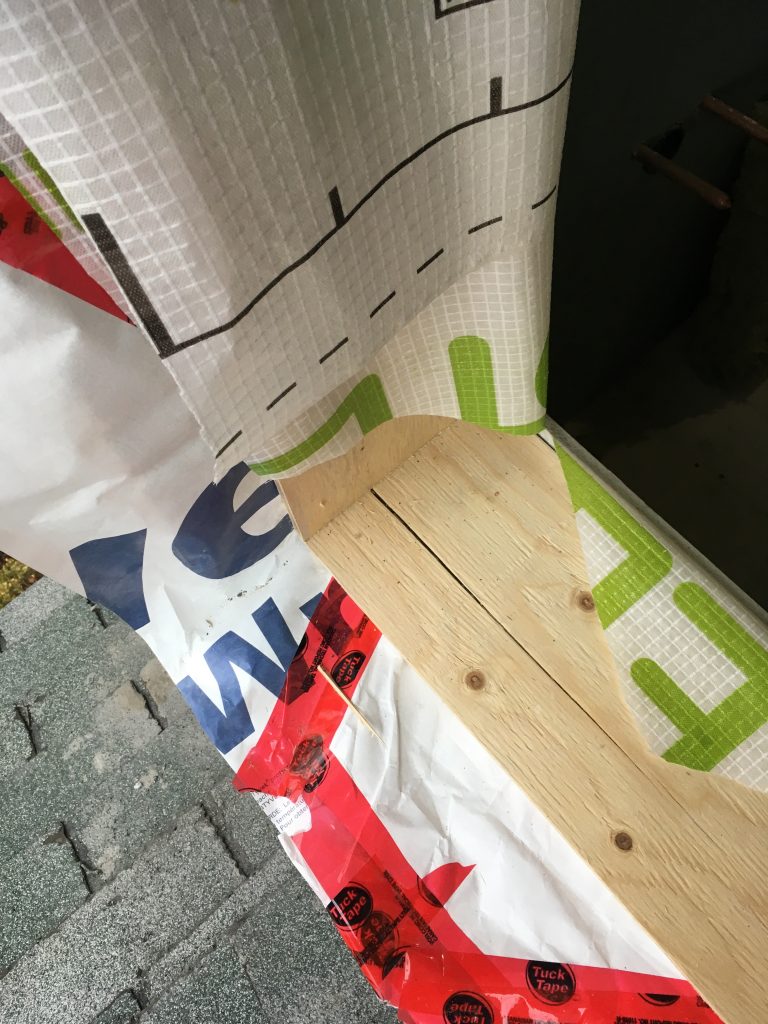
-
Connect your air barrier
Tescon Vana Tape is used to attach the Intello air Barrier to the plywood buck, which is also an air barrier. Tescon Vana is a vapour permeable air barrier tape that can be used indoors and outdoors. We choose Tescon Vana over typical Tuck Tape because Tuck Tape has no vapour permeability. Tescon Vana also has a very low VOC rating in comparison to Tuck Tape.
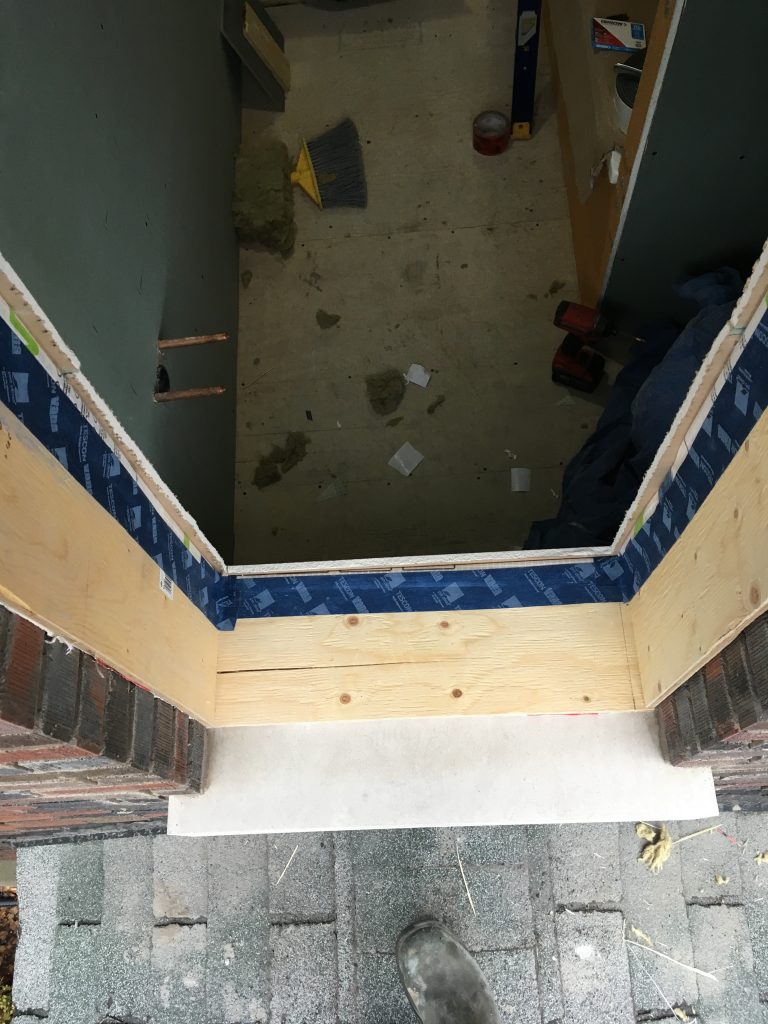
-
Flash around your window buck and connect to the brick
Prosoco FastFlash in used in lieu of BlueSkin, a petrochemical product, or flashing tape to create a perfect weather seal from the window buck to the brick. FastFlash is a waterproofing, adhesive and detailing compound that combines the best characteristics of silicone and polyurethane. This single-component, Silyl-Terminated Polymer (STP) is easy to gun, spread-and-tool, or roller apply to produce a highly durable, seamless, elastomeric flashing membrane. What we love most is that it is solvent free, isocyanate free and complies with all VOC regulations.
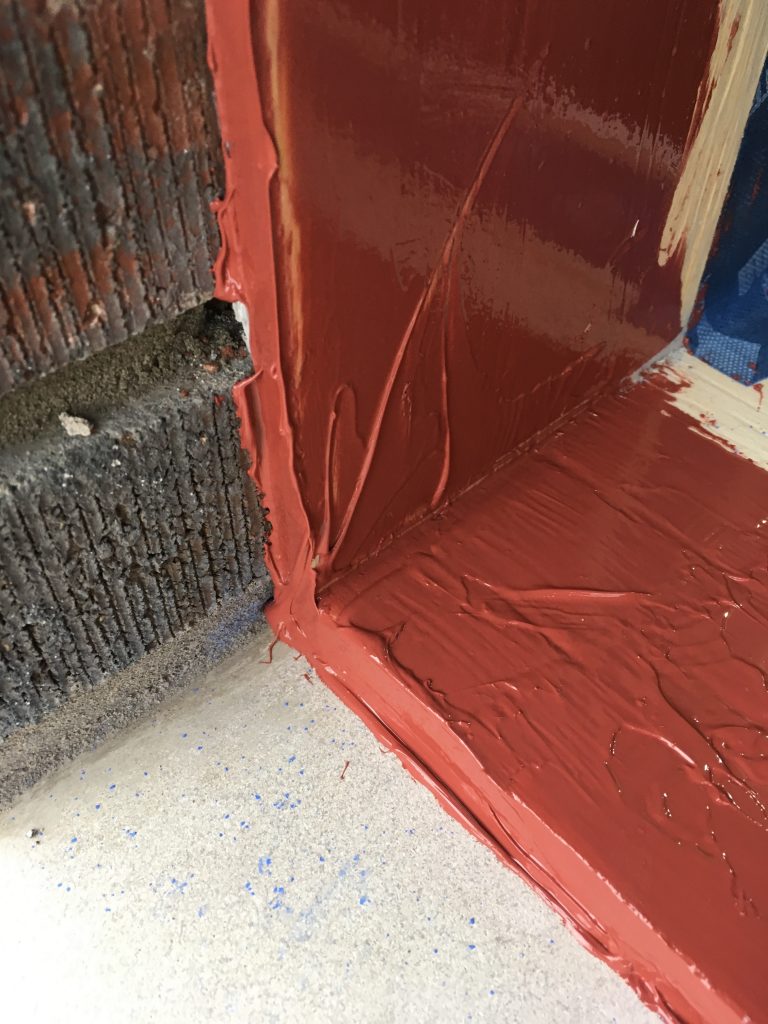
-
Expanding insulation is king!
Expanding insulation is used in lieu of spray foam. Spray foam is a toxic aerosol that becomes rigid over time and will potentially crack which will allow air movement in your installation. Expanding insulation tape will adjust to any movement over the life of the window and the surrounding materials and therefore perform the same over time.
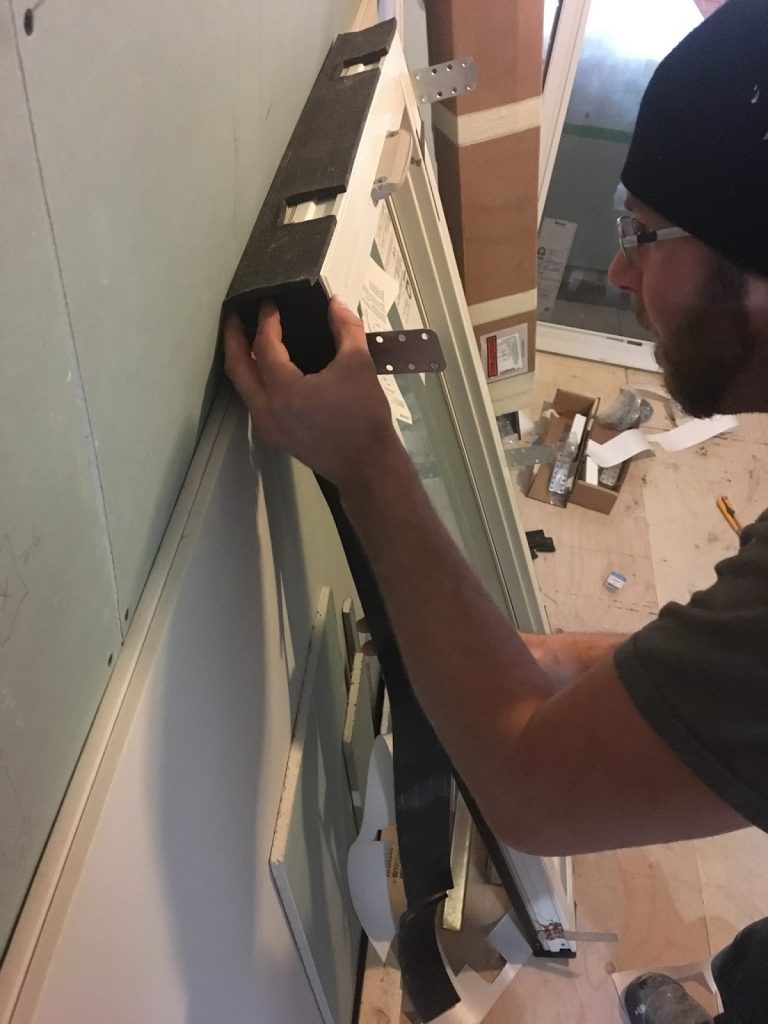
-
U-shim = no thermal bridge
Install window with U-shims. U-shims are used in lieu of wood shims because they do not create a thermal bridge and also negate the small cracks and air pathways that are commonly found in installations with cedar shims. Thermal bridging occurs when a more conductive (or poorly insulating) material allows an easy pathway for heat flow across a thermal barrier.
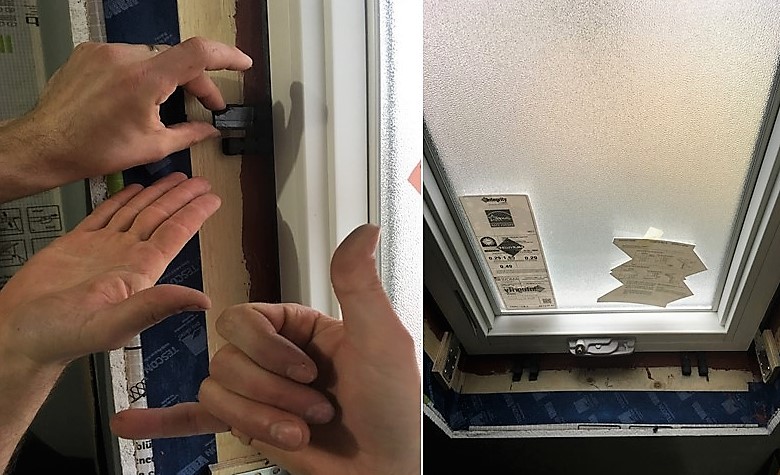
-
Seal your window to plywood buck
Finish the install by weather sealing the window to the buck with Prosoco Air Dam.
R-Guard AirDam creates a long lasting, weather-tight seal that prevents moist outside air from entering, and conditioned indoor air from escaping around window and door assemblies. This ensures that wind driven rain and condensed water are diverted to the flashing membrane and the water resistive barrier, preventing it from entering the living space. We use airdam over your typical silicon because of it’s performance and indoor air quality compliance. It is solvent free, isocyanate free and complies with all VOC regulations.
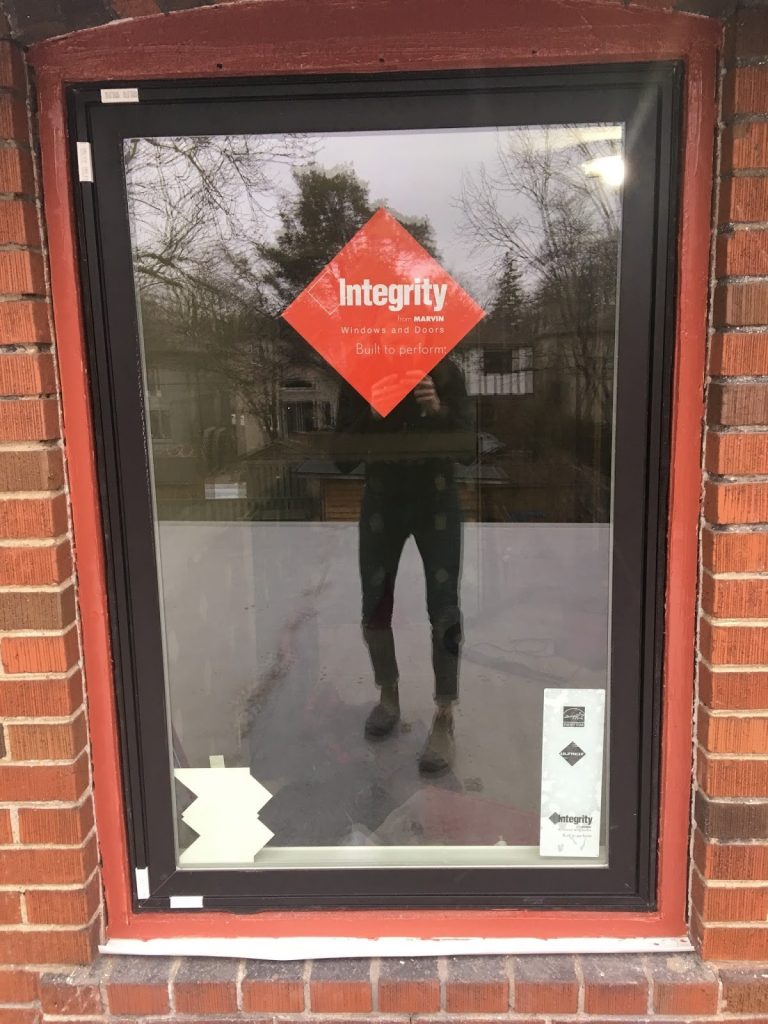
Following these steps will ensure that you have a fully airtight, weather tight and thermal bridge-free window installation. The products above, as with all products we use, have low to no VOC’s which help keep the indoor climate healthy for our clients.
By Shane MacInnes